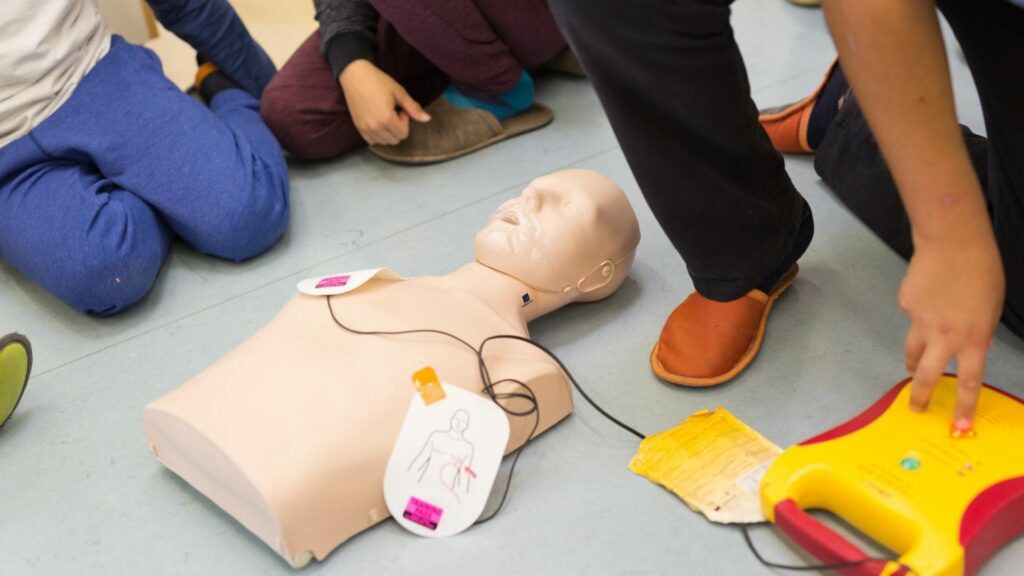


 349,500 Offered Certificates
349,500 Offered Certificates
 24/7 Online Training
24/7 Online Training
 Money Back Guarantee
Money Back Guarantee
 Fully Accredited Courses
Fully Accredited Courses

Created at: 25-02-2025 14:12
In today’s fast-paced work environment, being prepared for emergencies is more crucial than ever. First Aid training and CPR certification are not just beneficial; they are essential components of workplace safety and emergency preparedness. This guide explores the myriad ways comprehensive First Aid courses and CPR training can protect employees, ensure compliance with safety regulations, and empower individuals to respond effectively in emergencies.
First Aid training encompasses a wide range of skills that enable individuals to assist someone who is injured or becomes ill. CPR (Cardiopulmonary Resuscitation) specifically trains participants to provide life-saving assistance in cases of cardiac arrest or respiratory failure. Together, these competencies create a robust emergency response toolkit for any workplace.
CPR techniques can double or triple a patient's chance of survival after cardiac arrest. The ability to perform CPR can be the difference between life and death. During CPR training, employees learn:
In many regions, having trained First Aid responders in the workplace is a regulatory requirement. Compliance with health and safety regulations not only protects employees but also shields businesses from potential lawsuits and penalties. Knowledge of First Aid enhances your company's safety culture and demonstrates a commitment to employee welfare.
Enrolling employees in First Aid courses provides multiple advantages:
In an emergency, knowing what to do can save lives. Here is a simplified step-by-step approach:
With advancements in technology, both online and in-person courses offer unique advantages. Online First Aid courses provide flexibility and convenience, allowing employees to learn at their own pace. Conversely, in-person training typically offers hands-on practice that can enhance learning and retention of skills. Ultimately, the choice between online and in-person training should be based on the specific needs of your workplace.
First Aid training and CPR certification are essential investments in your workforce's safety and confidence. By ensuring your employees are equipped with the necessary skills to respond to emergencies, you not only protect your team but also foster a supportive and safe work environment.
Ready to take the next step? Enroll your team in our certified First Aid & CPR training course today, or contact us at [email protected] for more information!